SHARING HOW TO IDENTIFY SHRIMP INFECTED WITH SLOW-GROWTH EHP DISEASE
Question: Is EHP disease contagious? Is there a way to identify shrimp infected with EHP?
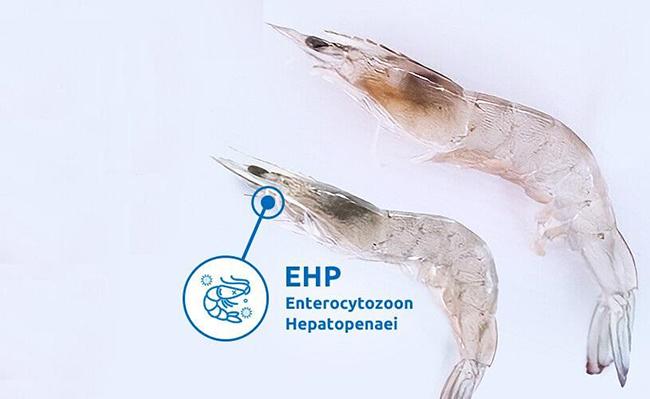
How to identify shrimp infected with EHP slow-growth disease
*Enterocytozoon hepatopenaei* (EHP) is an intestinal pathogen affecting both whiteleg shrimp and black tiger shrimp in aquaculture. EHP was first reported in 2016 in farmed whiteleg shrimp in Venezuela. EHP damages the intestinal walls, causing slow growth. It also infects the hepatopancreas tubules in shrimp, damaging organs that absorb nutrients from food.
Salinity affects EHP infection rates
In practice, EHP is more common in commercial ponds with high salinity (>15 parts per thousand (ppt)) compared to those with low salinity (<5 ppt). Since whiteleg shrimp are euryhaline (capable of surviving in both low and high salinity), scientists have conducted experiments to see if EHP can infect shrimp under low salinity conditions.
The experiment results indicate that shrimp feces are one of the main sources of EHP transmission. EHP transmission can occur at salinities below 2 ppt; however, the infection rate, speed, and severity are higher in ponds with high salinity, typically between 25–30 ppt.
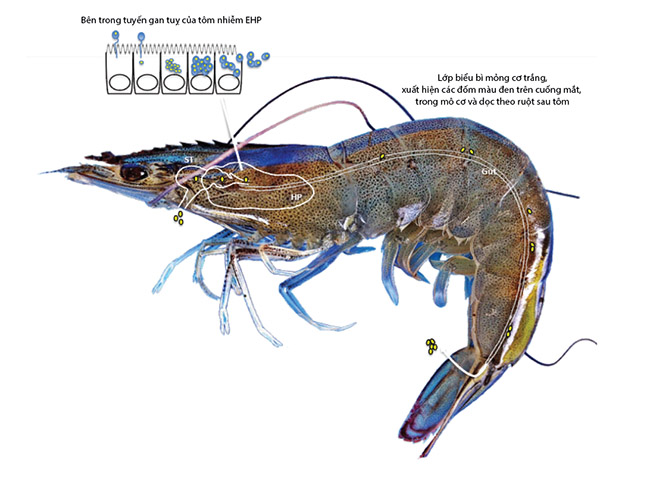
Identifying EHP in shrimp through observation
If you lack access to reliable lab services or facilities in your farming area, you can still visually assess the likelihood of EHP infection in your shrimp through careful observation and monitoring for the following signs:
- Thin epidermis under the shell, and the shell itself may also be thin.
- White muscle tissue due to ongoing stress caused by EHP.
- Black spots on the eyestalks, in the muscle tissue, and along the hindgut.
- Slower-than-normal growth rate.
- Reduced appetite, with no increase in food intake over time.
- Delayed molting and minimal growth following molting.
Source: VPAS
Contact AQUA MINA for consultation and supply of aquaculture round tanks and aquaculture equipment for high-tech shrimp farming.
- Address: 685 National Highway 1A, Binh Hung Hoa Ward, Binh Tan District, Ho Chi Minh City
- Phone: 1800 6071 (Toll-free hotline)
- Email: sales@aquamina.com.vn or oversea@aquamina.com.vn
Aqua Mina's distributor in Japan:
REX INDUSTRIES CO., LTD
- Address: 1-9-3 Hishiya-Higashi, Higashi-Osaka 578-0948 JAPAN
- Email: kimakubo@rexind.co.jp
- Phone: +81-(0)72-961-9893
- Website: http://www.rexind.co.jp/e/
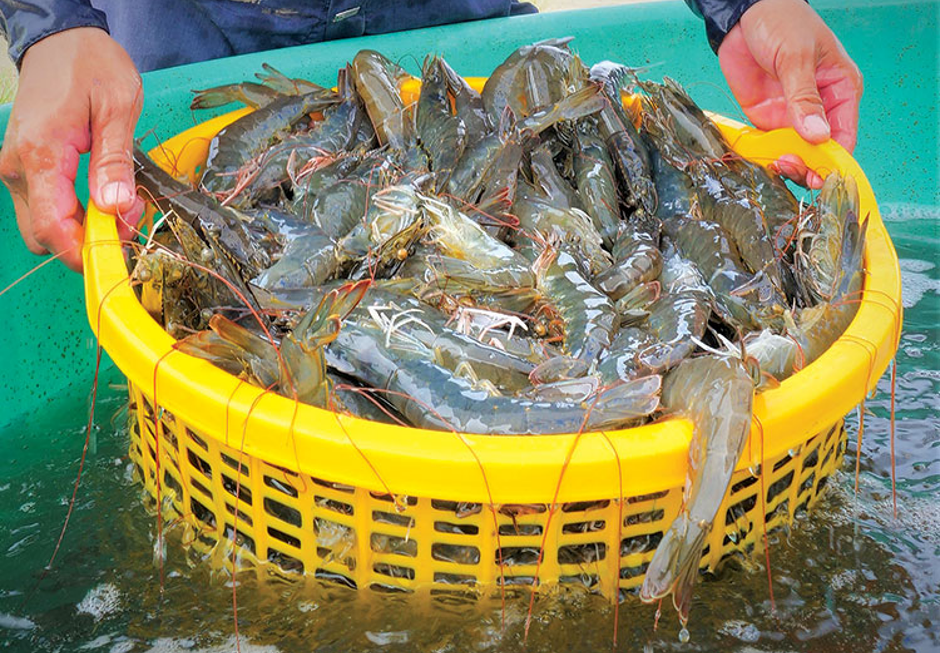
Ngày đăng : 16/11/2024
2312 View
Other Articles
Portuguese food group acquires 18% stake in cod farming company Norcod
Indonesia implements radioactive-free shrimp certification for exports to the United States
India is world’s second-largest shrimp producer. That is now under threat
Ca Mau’s shrimp industry moves towards “green” growth
Floods devastate aquaculture, processing operations in Vietnam
Ecuador Leads Global Shrimp Exports, Surpassing USD 7 Billion in 2025
India's marine product exports rise 16% as new markets offset US dip
Skretting presents the first shrimp feed with insect meal in Vietnam
Sharing: EU increases shrimp imports in the first 9 months of the year
Gideon De Oro opens high tech Cebu shrimp plant, to revive exports
White-leg shrimp facing WSSV: When density and environment fluctuate together









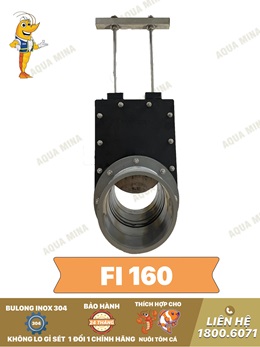

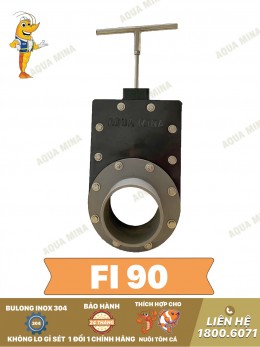
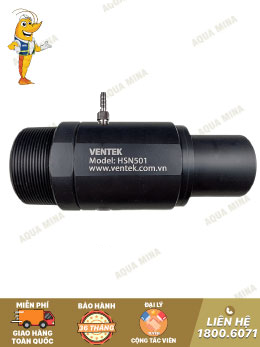
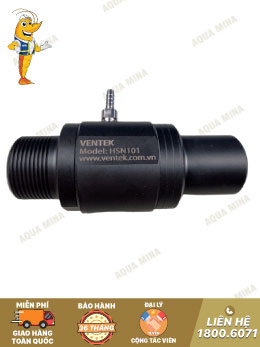

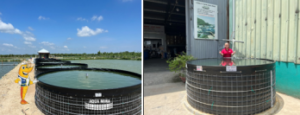
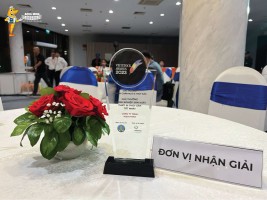
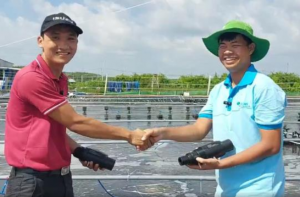
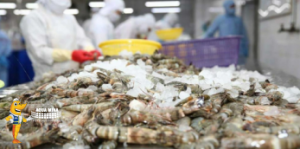
.jpg)